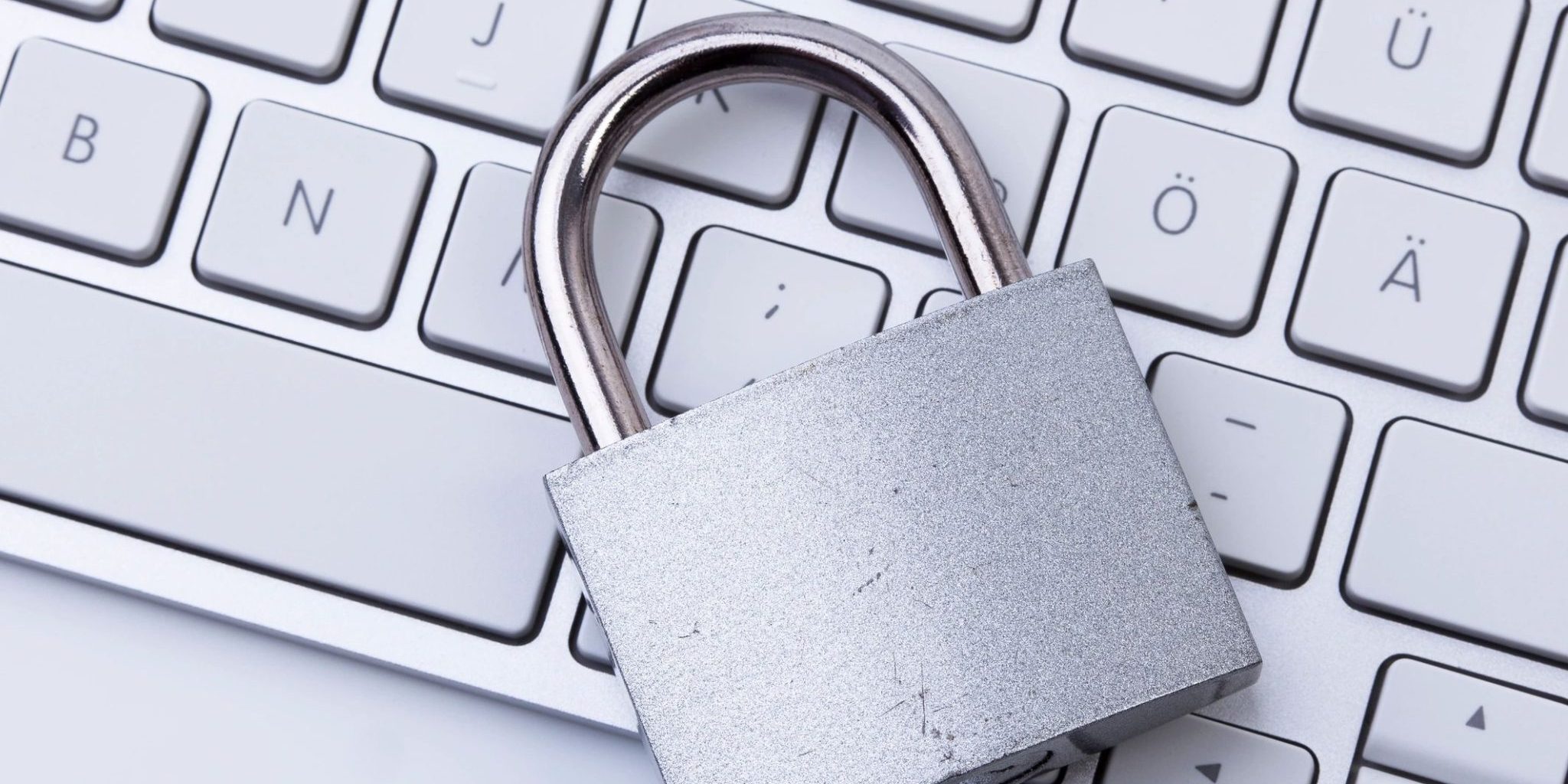Digital rights management also known as information rights management, or enterprise rights management is a measure to prevent unauthorized operators from using proprietary hardware and copyrighted works. The main purpose of DRM technologies is not to catch those who engage in piracy but simply a curb them from accessing or using specific copyrighted content. Generally, DRM applications contain codes that disallow copying, forwarding, printing, taking screenshots or screen grabs, or redistribution of digital media. The codes may lay certain restrictions like several devices on which a document/book can be accessed or permitted to access only up to an expiry date after that user will not be able to access it.
The DRM technologies can be used for media, films, music, data, e-books, content, software, or any other copyrighted material. Artworks and documents can be watermarked through DRM technology to establish ownership and identity. DRM technology can also be used to restrict access only to certain IP addresses like permitted only in India and locked access outside India etc. Thus, the authors, publishers, software content creators, and other content creators, etc. who use DRM applications are enabled to control paying users.
The DRM technology is useful not only to digital content creators, but also to companies who use digital properties licensed or purchased from third parties to restrict access to sensitive data, and at the same time allow it to be shared securely. Similarly, Auditors sometimes use DRM technology to investigate and identify leaks.
Security Considerations related Posts:






